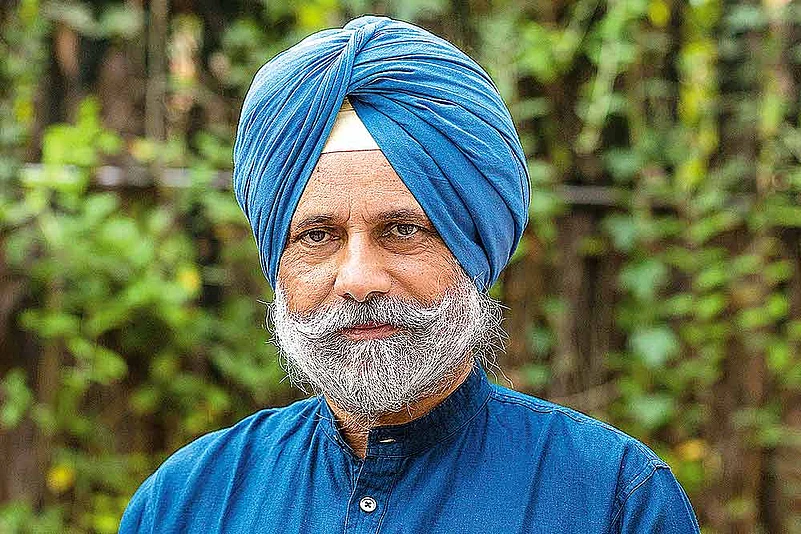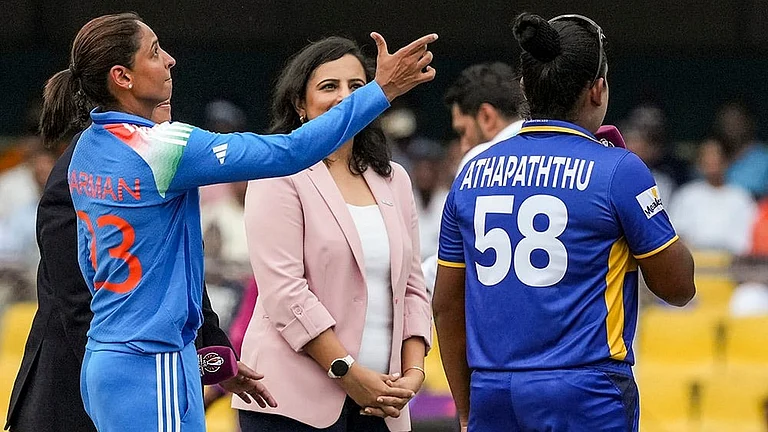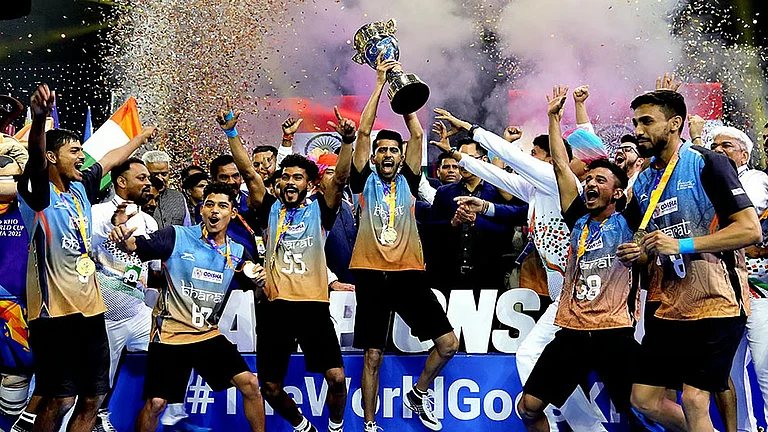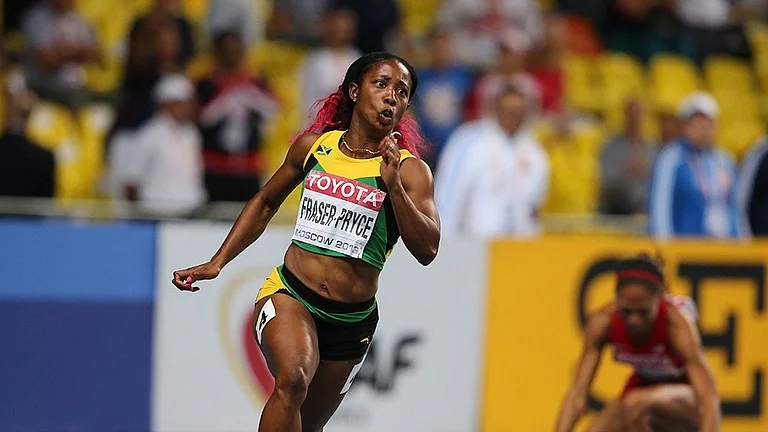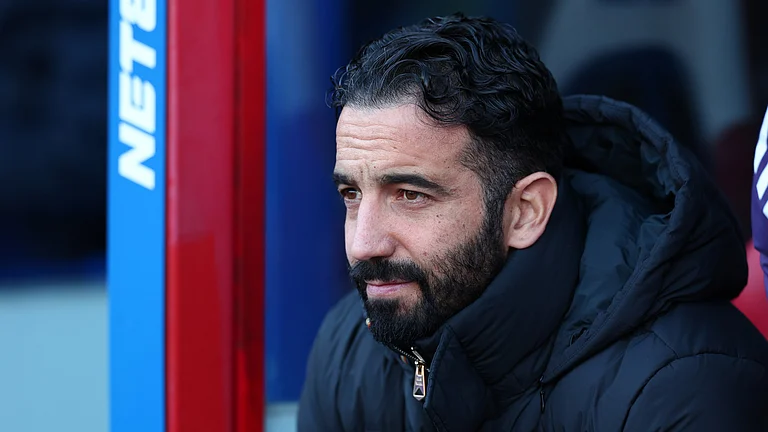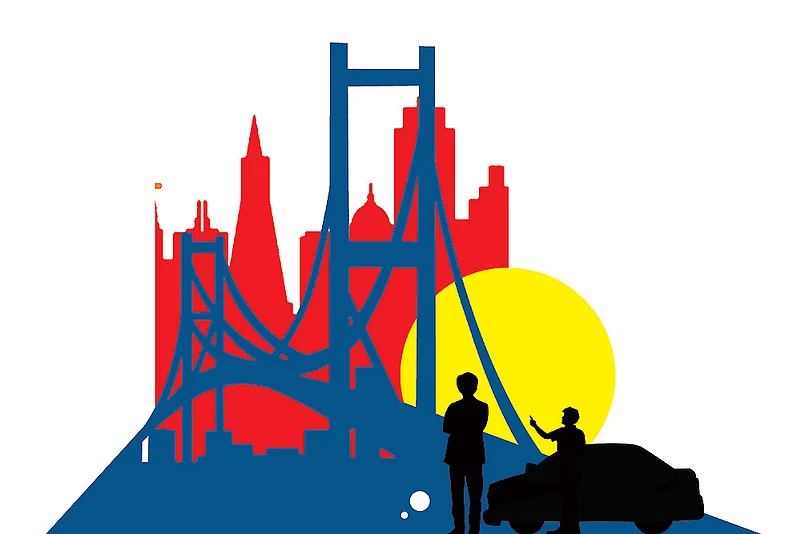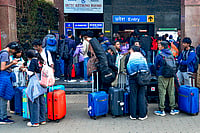My staging posts here across the Big Pond having been in the diplomatic line—a tenure in the Indian Consulate General, New York, from 1980-83 and periodic official trips to the United Nations or US State Department—the familiarity has largely been with the US East Coast. But this August, the frontiers were redrawn decisively. My New York-based son and family decided on a month-long Los Angeles sojourn. My wife and I enjoyed their hospitality and the company of our two grandchildren for two weeks in August in the LA suburb of Venice—yes, one more among those American toponyms-in-tribute. Within walking distance of the house on one side were the chic shopping and dining places on Abbot Kinney Boulevard, the equivalent of Delhi’s Khan Market. On the other, a mere three blocks away, was the beach, which meanders north to the more upmarket neighbourhoods of Santa Monica, Pacific Palisades and eventually, as ocean meets the mountains, Malibu. This part of LA is easy-paced, touristy and throbbing with skateboarders, joggers and bodybuilders—it’s where Baywatch was shot. En route to the beach, one passes three dissimilar but connected buildings, less than five floors each, which house, without any signboard, the Snapchat headquarters. Only the smart guards on the sidewalk outside indicate the intellectual assets behind those doors.
The restaurants on Abbot Kinney Boulevard draw the smart crowd from across the city. The famous chef Trevis Lett brings a hip California approach to Japanese food at MTN (again, name not displayed), but on the same street his Gjelina presents New American cuisine in a rustic-chic dining room. No table was available in the garden but the fish, pasta and starters made up for it. LA temperatures allow restaurants to have seamless seating between covered and outdoor spaces. The Butcher’s Daughter, belying its name, is a plant-based restaurant that claims to be a “vegetable slaughterhouse”—vegan, naturally, is also on the menu. All these places are throbbing with life because the young technology geniuses have flexible timings and can work from a table in a cafe as much as from an office desk. However a number of restaurants switch off their WiFi during meal times or discourage those lingering over a coffee or juice, laptop open.
My son and I made a trip to San Francisco and Silicon Valley. Our host Satjiv S. Chahal, a Sanawar alumnus and a consultant, began his journey with Xerox in the 1980s at their Palo Alto Research Centre. As happens so often, he morphed into a marketing whizkid, rubbing shoulders with the likes of Steve Jobs at Apple and the Sony Pictures top brass. Xerox Centre sits next to the Stanford campus, from which it drew talented graduates. Steve Jobs visited it in 1979 and saw three technologies marking out Xerox’s computer called Alto: graphical user interface; networked Alto computers; and object-oriented programming. Whether Apple lifted Xerox technology by poaching researchers or merely got inspired is moot. But Xerox did not see any business application of these technologies—no paperless world beyond their photo copiers. Jobs did and the rest is history. The Silicon Valley today stretches from south of San Francisco airport to San Jose. This is the spawning ground of the disruptive new technologies rewriting how mankind communicates, gets entertained, grows food, gets transported or even fights wars.






